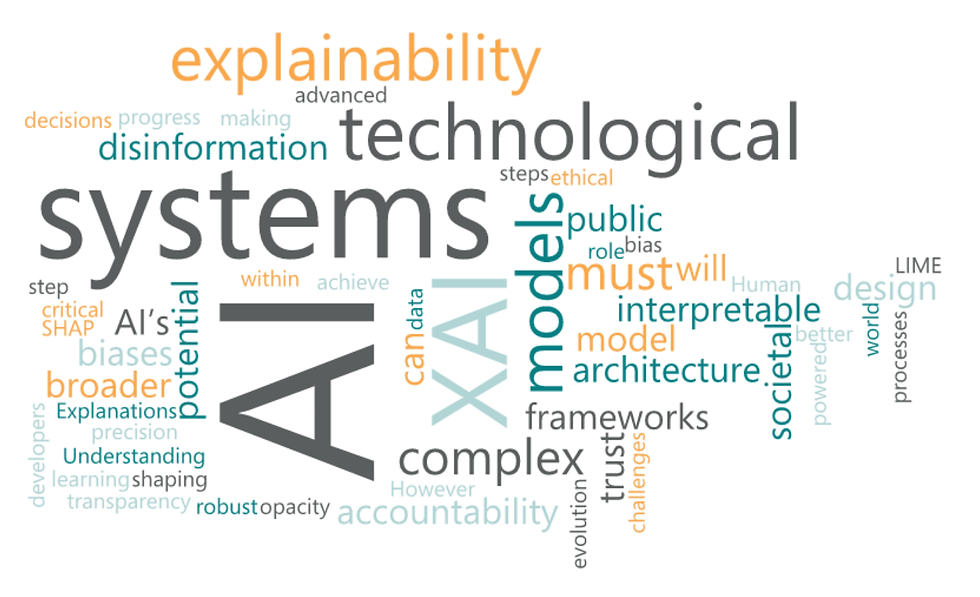Transforming European Industry Through Strategic AI Implementation
- Prokris Group
- Nov 27, 2024
- 3 min read
Contributing as a panellist in Swedsoft’s annual conference was a privilege and a moment of reflection. It offered the chance to share insights on AI’s transformative potential while engaging in meaningful discussions with professionals from diverse fields. Together, we examined how AI can enhance competitiveness in European industries, with the conversations underscoring not just the urgency but also the complexity of adapting to rapid technological shifts.

One of the key takeaways for me was the focus on skills and training. Preparing the workforce to meet the demands of AI-driven environments is not just an economic imperative but a societal one. It is about equipping individuals to thrive in roles that are constantly evolving, ensuring that technological progress translates into sustainable growth for industries and communities alike.
The emphasis was on ensuring that individuals can thrive amidst these rapid advancements, rather than merely adapt. Discussions also showcased how seamlessly integrating AI into existing workflows can enhance efficiency, boost productivity, and drive innovation through simulation and optimisation. These insights reflect the defining challenges and opportunities facing Europe’s industries today.
My perspective is that AI’s true impact stems from the decisions industries, governments, and societies make to harness its potential. The conference discussions underscored the importance of collaboration and adaptability, but the practical implementation of AI across Europe remains a complex challenge.
Artificial intelligence is reshaping industries. Technological advancements drive the restructuring and refinement of manufacturing processes that redefine production. For Europe, this transformation represents an opportunity to lead through innovation. Addressing these demands is critical for maintaining competitiveness in a rapidly evolving domain.
AI’s potential to enhance productivity and streamline processes is already clear and evidenced by studies. Automation can increase output by 25%, while predictive maintenance significantly reduces equipment breakdowns and costs. Advanced visual inspection systems now outperform human capabilities, detecting defects with over 90% accuracy. These technologies not only optimise resources but also streamline supply chains, reducing delays and expenses. Yet, Europe faces considerable obstacles. Investments in AI remain far behind other global leaders like the USA and China. A shortage of skilled professionals and the struggle to translate research into scalable applications leave Europe vulnerable to falling behind in the race for AI leadership.
Despite these challenges, Europe remains a leader in advocating for ethical AI. With initiatives such as the EU AI Act and the General Data Protection Regulation, Europe showcases its commitment to ensuring transparency, safety, and accountability. These frameworks are vital in building trust which is incredibly important for effective implementation and moderation. Over-regulation may risk stifling innovation. This is precisely why there is such a pressing need for collaboration between governments, industries, and academia to implement appropriate policies that encourage progress and safeguard AI’s responsible adoption and implementation.
Cybersecurity is also a concern. Threats to industrial systems grow increasingly sophisticated. AI-powered security solutions offer an effective means of identifying and resolving risks in real time. There is a strategic need to strengthen Europe’s industrial infrastructure and safeguarding its competitive edge.
Seizing this moment requires decisive and strategic action. The European industries need greater investment in AI startups, education initiatives that address critical skills shortages, and meaningful partnerships between the public and private sectors. The path ahead requires vision and commitment. How Europe chooses to navigate this moment will shape its industrial future and influence the global direction of global AI governance. Will it rise to the challenge, or risk being left behind?





Comentarios